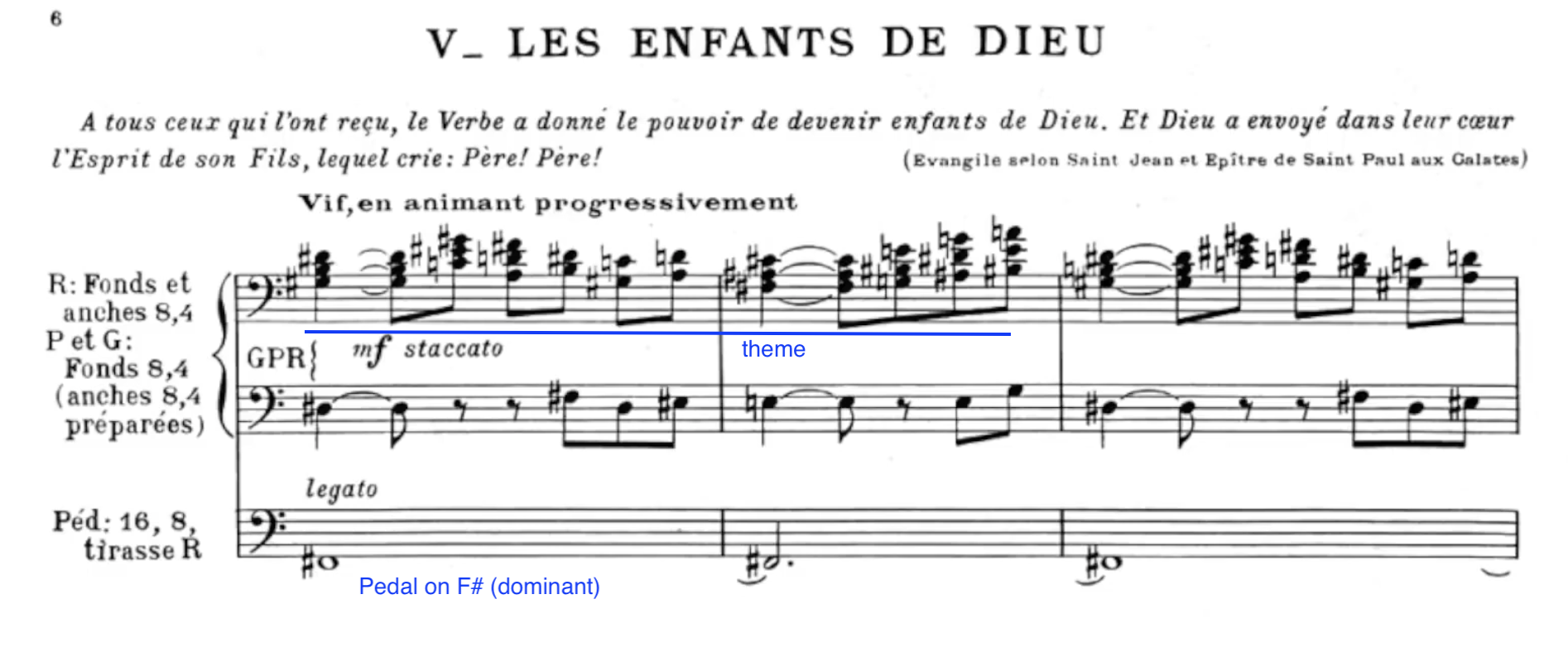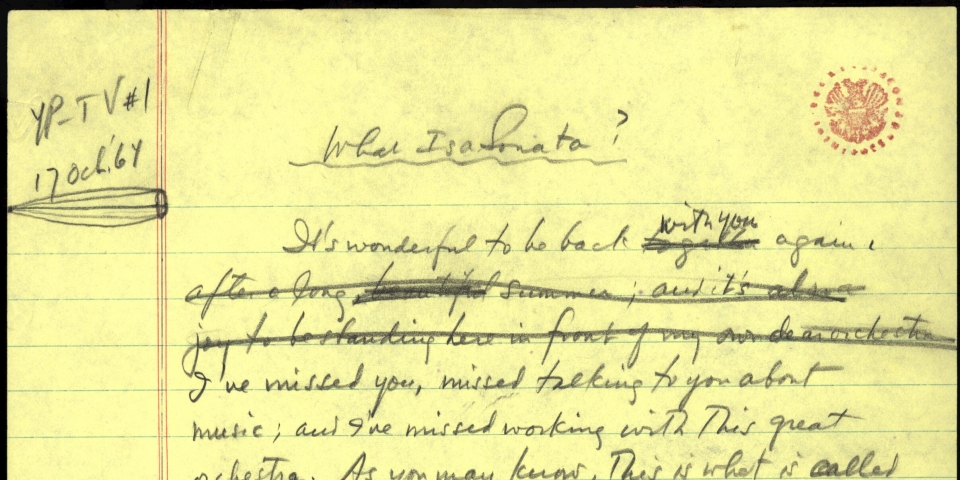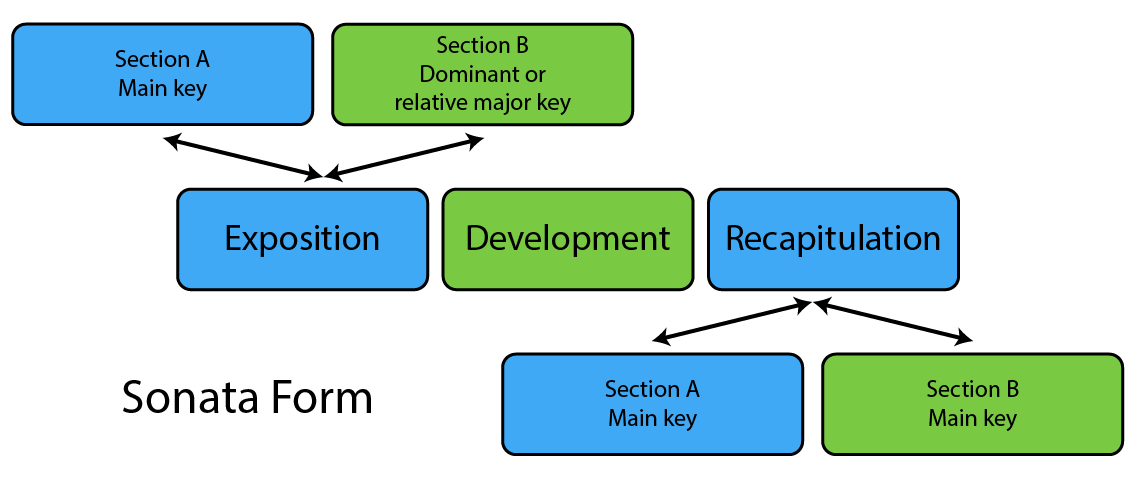Do you search for 'how to write in sonata form'? Here you can find the questions and answers on the subject.
The basic elements of sonata form ar three: exposition, developing, and recapitulation, stylish which the auditory communication subject matter is stated, explored operating theatre expanded, and restated. There may besides be an first appearance, usually in largo tempo, and letter a coda, or tailpiece.
Table of contents
- How to write in sonata form in 2021
- Sonata form analysis
- Sonata form for dummies
- Sonata-allegro form example
- Sonata form chart
- Sonata form music
- Sonata music
- Sonata form development
How to write in sonata form in 2021
 This picture illustrates how to write in sonata form.
This picture illustrates how to write in sonata form.
Sonata form analysis
 This image demonstrates Sonata form analysis.
This image demonstrates Sonata form analysis.
Sonata form for dummies
 This picture illustrates Sonata form for dummies.
This picture illustrates Sonata form for dummies.
Sonata-allegro form example
 This image demonstrates Sonata-allegro form example.
This image demonstrates Sonata-allegro form example.
Sonata form chart
 This image demonstrates Sonata form chart.
This image demonstrates Sonata form chart.
Sonata form music
 This picture shows Sonata form music.
This picture shows Sonata form music.
Sonata music
 This picture illustrates Sonata music.
This picture illustrates Sonata music.
Sonata form development
 This picture demonstrates Sonata form development.
This picture demonstrates Sonata form development.
Which is an example of a truncated sonata form?
Truncated sonata form. Occasionally, especially in some Romantic works, the sonata form extends only as far as the end of the exposition, at which point the piece transitions directly into the next movement instead of a development section. One example is Henryk Wieniawski 's Violin Concerto No. 2 in D minor.
What makes a piece of Music a sonata?
A piece of music composed in sonata form has 3 clearly recognisable sections: Exposition – this is when the composer introduces themes for the first time. In other words, the themes are “exposed” to the listener. Development – the themes are altered/changed in a variety of different ways.
When did composers start using the sonata form?
Sonata Form describes the structure of an individual movement. You will usually hear it used in the first movement of a sonata, symphony or concerto (amongst other pieces of music as well). Sonata Form started to be used by composers in the Classical period of music (1750-c.1820). Sonata Form Has 3 Sections
What are the optional features of a sonata?
Sonata form, optional features in parentheses. Sonata form (also sonata-allegro form or first movement form) is a musical structure consisting of three main sections: an exposition, a development, and a recapitulation. It has been used widely since the middle of the 18th century (the early Classical period).
Last Update: Oct 2021